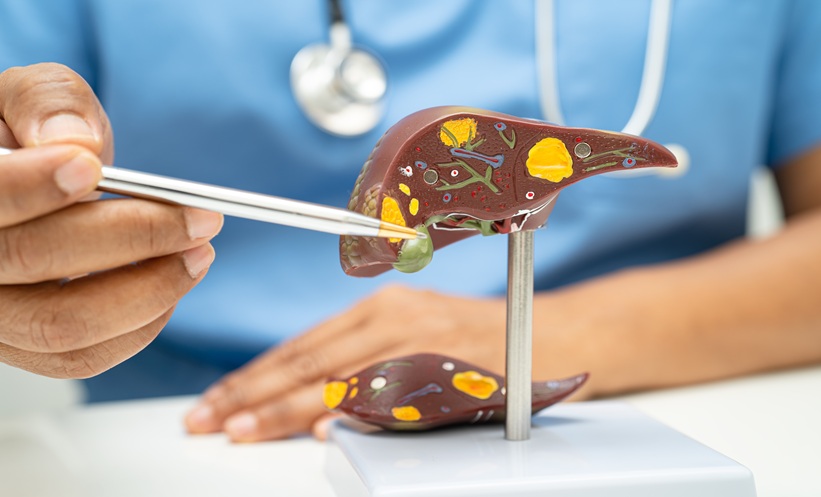NON-ALCOHOLIC fatty liver disease (NAFLD) in children increases the risk of developing Type 2 diabetes (T2D). NAFLD leads to the storage of large fat droplets in the cells of the liver, which can affect its function. While its connection to T2D in adults has been studied before, not much is known about whether this connection exists for children as well. Since NAFLD leads to insulin resistance, a key characteristic of T2D, it may increase the risk of developing the disease. In the last 20 years, the rates of T2D in children have doubled, which is alarming since the disease is much more aggressive in young patients than in adults. Its complications and outcomes are more immediate and more complicated.
Study lead Jeffrey Schwimmer, University of California San Diego School of Medicine, USA, said: “We need to better understand how NAFLD contributes to T2D risk in children so that we can actively work to prevent it.” Schwimmer and his team analysed data on 892 children enrolled in the Non-alcoholic Steatohepatitis Clinical Research Network, who were affected by NAFLD, and followed for 3.8 years. At the initial assessment, 63 (6.6%) children had TD2, and at follow-up, an additional 97 had developed the disease, resulting in an increase in incidence rate by 3% annually. By the end of the study, one in six children had developed T2D.
Furthermore, the following risk factors for developing T2D in children with NAFLD were identified: severity of obesity, severity of liver histology including steatosis grade and fibrosis stage, and sex (females were more at risk). Schwimmer stated gastroenterologists should be aware of this risk, in order to better provide better anticipatory guidance, monitoring, and lifestyle interventions to help their patients affected by the disease. They concluded that in order to prevent T2D in children with NAFLD, targeted strategies are necessary.








